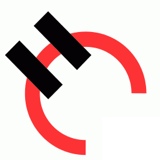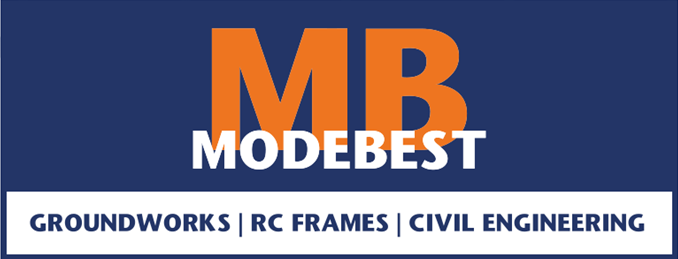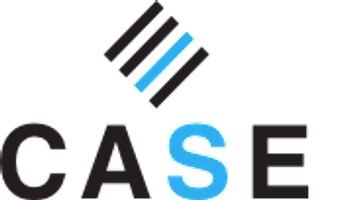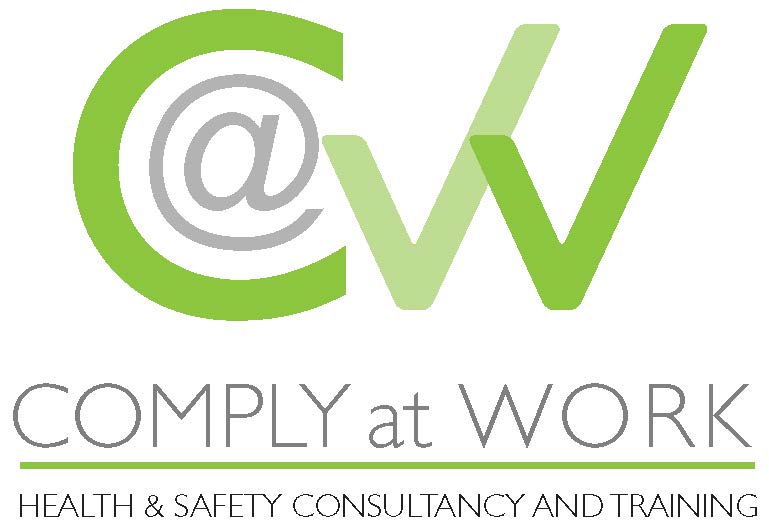Information
-
Audit Title
-
Document No.
-
Client / Site
-
Conducted on
-
Prepared by
-
Location
-
Personnel
3.0 Scope
-
Is this element applied to all lifting equipment, machines and load supporting tools in the group company?<br>Are there any exemptions?<br>
4.0 Accountability
-
Is there a process in place for formally appointing a person or persons other than CEO to be accountable to implement and maintain each requirement?
-
Has a person or persons other than the CEO been assigned accountability for implementing and maintaining each requirement of this FPE?
4.1 Hazard identification risk assessment and control
4.1.1
-
Is there a process in place (procedure) to identify all lifting equipment i.e. a register of all lifting equipment?<br>
-
For each type of lifting machine is there a risk assessment/register which identifies the full range activities which will be performed with and on the equipment i.e. maintenance, paired lifting and the potential hazards of these activities i.e. rope failure, load caught by wind, hydraulic failure, ground failure etc.<br>
-
Does the risk assessment/register identify the:<br>• Skills required to operate/use each type of lifting machine safely<br>• Safety devices (limit switches/visual/audible warning systems, emergency stop controls)<br>• Signage and demarcation/barricading required for the operating environment (working near power lines, ground conditions, preventing access under areas where the load is being supported or transferred).<br>• Ground and machine Stability conditions/requirements for mobile lifting machines ie ground able to support machine and load or ground level and machine wont tip when lifting load
4.1.2
-
Is there a process in place to undertake Task analysis (Job safety/Hazard Analysis)?
-
Does the task analysis process specifically require an analysis (JSA) to be completed when lifting Machines or equipment are to be used:<br>• When people are required to work with the load during movements (guiding loads in and out of restricted areas).<br>• Where it is a non-routine task or the task is being performed for the first time.<br>• Performing a tandem lift (using two cranes for the same load).<br>• Where environmental hazards are present (power lines, physical barriers, soft ground conditions, etc).<br>• Where the load is to be suspended or supported in position and the work requires personnel to work within the drop zone of the load.
4.1.3
-
Is there a change management process in place?<br>
-
Is the change management process required to be used to assess the risks and controls required when:<br>• Changes to safe work procedures related to lifting activities are required and or<br>• modification to lifting machines or equipment is contemplated
-
Are the risks and the required controls identified during the application of the Change management process communicated prior to the task being performed?
4.2 Selection, Training, Competency and Authorisation
4.2.1
-
Have persons conducting risk assessments for lifting and supporting loads received instruction in conducting risk assessments/task analysis?<br>
-
Is it a requirement that persons conducting a risk assessment or task analysis involving the lifting and or supporting of loads:<br>• Possess the skills and/or knowledge to operate/use the lifting machine or the lifting equipment.<br>• Hold the appropriate qualifications where applicable (compliant with the country’s legal/ licensing requirements).
4.2.2
-
Is there a training and competency assessment system in place?<br>
-
Does the system set competency standards for personnel required to:<br>o Operate lifting machines, equipment, cranes, and attachments<br>o Direct crane movement and overhead loads (dogman/signalman)<br>o Perform slinging and rigging of loads<br>o Inspect lifting machines and equipment<br>o Perform maintenance on lifting machines and equipment
-
Are there formal training and competency assessments for personnel who are required to perform the above operations<br>
-
Does the training and competency assessment program record:<br>• all training undertaken<br>• results of competency assessments<br>• results of retraining and re-assessment of competencies
4.2.3
-
Does the general induction include instruction to all personnel on the general safety requirements for lifting and supporting loads
4.3 Communication and awareness
4.3.1
-
Is there and awareness information and /or instruction process in place?<br>
-
Does the process address:<br>• Potential hazards associated with lifting and supporting loads.<br>• Authority and licensing requirements to operate lifting machines.<br>• Authority and licensing requirements to sling loads.<br>• Means to identify if lifting equipment is within its inspection period.<br>• Safety precautions to be taken when working near lifting activities.
4.3.2
-
Is there a standard hand signals system in place?<br>
-
Does this system address:<br>• When hand signals are to be used.<br>• Who shall use the hand signals?<br>
-
Is there formal training in place for lifting machine operators and signalmen/dogmen for hand signals?<br>
4.3.3
-
Is there a system in place to require that a load chart displayed in each mobile crane in a position visible to the crane operator?<br>
-
Is there a system in place to require that charts showing the sling size, load capacity and slinging arrangements displayed in each storage area for lifting equipment?<br>
-
Is there a system in place to require that the safe working load (SWL) clearly displayed on all lifting machines, equipment, and support stands?<br>
-
Do signage/charts provide personnel with an understanding of the safety limitations for the range of lifting machines and equipment?<br>
4.4 Design, Purchase, Fabrication, Installation and Commissioning
4.4.1
-
Are engineering calculations and drawings supplied with all fabricated or custom built lifting equipment (including man-cages) and support stands?<br>
-
Have the engineering calculations and drawings been checked and certified by a qualified engineer?<br>
-
Do they demonstrate that the lifting equipment and support stands can support the rated safe working load?<br>
-
Is there a unique coding system (serial number) for each approved piece of fabricated/customised lifting equipment
4.4.2
-
Is there a system in place for the purchase and commissioning specifications for all lifting machines or equipment?<br>
-
Does the system include the following requirements:<br>• SWL displayed on equipment (mark load limits below 500kg in Kilograms, above 500kg in tons)?<br>• Operator manuals and load charts to be supplied.<br>• Lifting machines used to raise/lower people (including lifts/elevators) to comply with the country’s legal requirements. In the absence of any legal specifications or industry standard an accepted engineering design to be used?
4.4.3
-
Is there a pre-commissioning system in plac
-
Does this system follow the pre-commissioning requirements as outlined in the Fatality Prevention Element for Vehicle and Traffic Safety?
4.5 Work method and condition control
4.5.1
-
Is there a system in place to formally identify the positioning of support stands or securing arrangements for each intended load?
-
Are maintenance manuals or a safe work procedure used to ensure the load is securely supported?
4.5.2
-
Is there a system in place to ensure that lifting equipment is stored:<br>• On racks, hooks, or shelves, off the ground;<br>• Segregated by type or capacity to allow for ease of identification; and<br>• In the case of synthetic fibre slings, stored away from direct sunlight to prevent UV damage?
4.5.3
-
Is there a system in place for raising or lowering personnel by crane?<br>
-
Does this system require:<br>• That the crane has a current inspection certificate; and<br>• That an engineer approved man-cage is used?<br>(For some sites this requirement may never be applicable. Discuss and agree with site. Record result)
4.5.4
-
Is there a system in place for the operation of lifting machines and equipment?<br>
-
Are the following Safety requirements specified:<br>• A visual inspection of the machine to be performed prior to use;<br>• Lifting machines, equipment and support stands must be operated within the range of each SWL;<br>• A single operator must direct and control all lifting operations;<br>• A safety latch must be fitted to each lifting hook being used; and<br>• Lifting equipment known or suspected to have been overloaded shall be withdrawn from service and re-tested and/or examined prior to being introduced back into service?
-
Are the following operational requirements specified:<br>• Only trained personnel are authorized to operate lifting machines and equipment. Where the country’s laws require a government approved license to either sling a load or operate a lifting machine, only those persons shall be authorized to perform the task.<br>• Access to areas where lifting operations are performed shall be restricted and protection provided, or procedures developed, to ensure persons in the vicinity are not subject to danger (e.g. Loads shall not be lifted over personnel).<br>• Access to areas where a load is being lifted or supported must be barricaded to prevent inadvertent entry by unauthorized personnel.<br>• Adequate illumination must be provided during all lifting operations?
4.6 Maintenance
4.6.1
-
Is a maintenance program system in place for all lifting machines?<br>
-
Does it require:<br>• A register of all lifting machines.<br>• Schedules for conducting planned maintenance.<br>• That all maintenance work is carried out by competent persons.<br>• That where required by law, the lifting machine is inspected/tested and certified.<br>• The recording of all maintenance and repair work conducted?
4.7 Emergency control
4.7.1
-
Is it a requirement that each overhead crane has an appropriately positioned main isolation switch?<br>
-
Is it a requirement that the isolation switch be easily accessible to shut down the crane in an emergency?<br>
-
Is it a requirement that there is appropriate signage around the isolation switch?
4.8 Monitoring, inspection and audits
4.8.1
-
Has an inspection process for all lifting machines and equipment been established?<br>
-
Does the inspection process:<br>• Require a register of all lifting equipment and support stands.<br>• Provide checklists to prompt critical aspects of the equipment which must be inspected.<br>• Provide schedules for conducting inspections. As a minimum does it require that, unless stipulated by law:<br>o Support stands must be formally inspected at six-monthly intervals.<br>o Lifting equipment must be formally inspected at six-monthly intervals.<br>• Require the recording of all inspections conducted.<br>• Require that where the lifting equipment or a support stand does not comply it must be removed from service/operation. <br>• Require that inspections are carried out by a competent person.
4.8.2
-
Is there a program in place to undertake annual audits of the quality and effectiveness of the implementation of this FPE?
4.8.3
-
Is there a process in place requiring task/safety observations to be undertaken at regular intervals on activities involving Lifting & Supporting Loads to ensure safety requirements are being applied correctly
4.9 Reporting, assessment and corrective actions
4.9.1
-
Is there a process in place to report hazards or defects identified with lifting machines or equipment?<br>
-
Does this process require that unsafe equipment is stood down and or removed from service?<br>
-
Does this process require that the actions taken to correct the hazard or defect are recorded?<br>
-
Is it a requirement that Lifting equipment which is identified as being worn or damaged beyond repair is destroyed and the lifting equipment register and record file is amended accordingly?
Conclusion and auditor's comments
-
Date of audit completed
-
Signature of auditor
-
Date of auditor's signature
-
Signature of auditee
-
Date of auditee's signature












